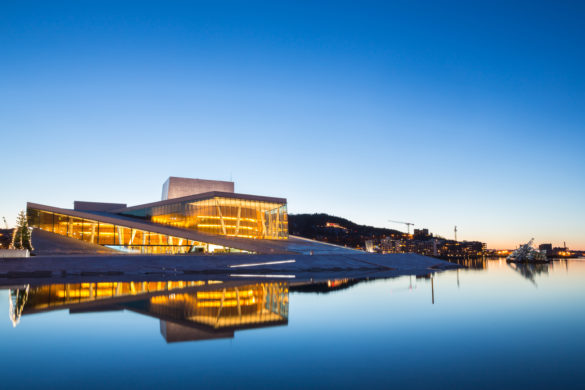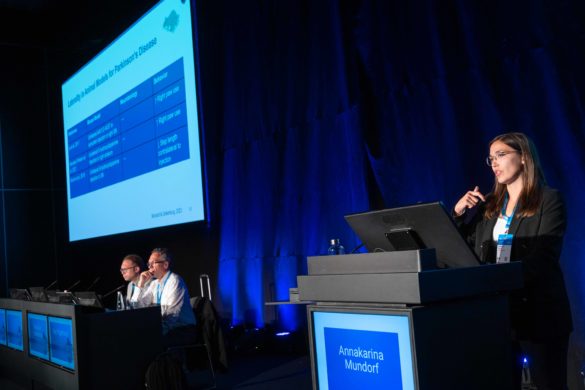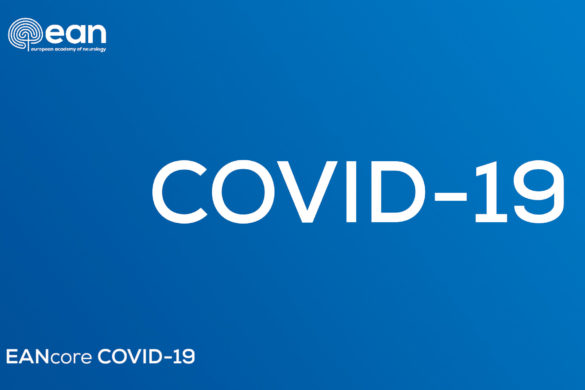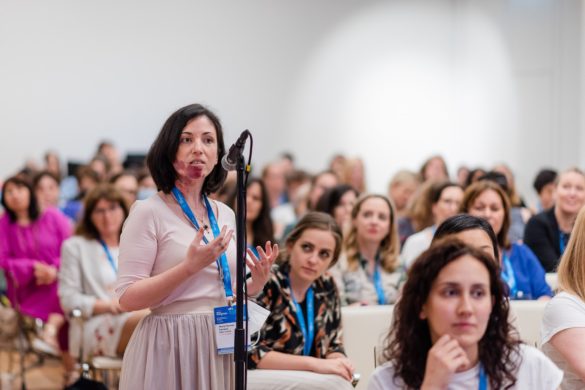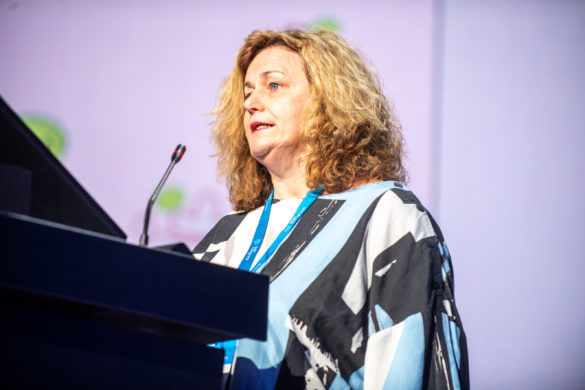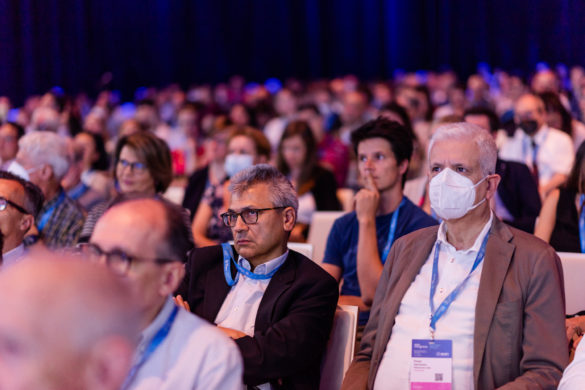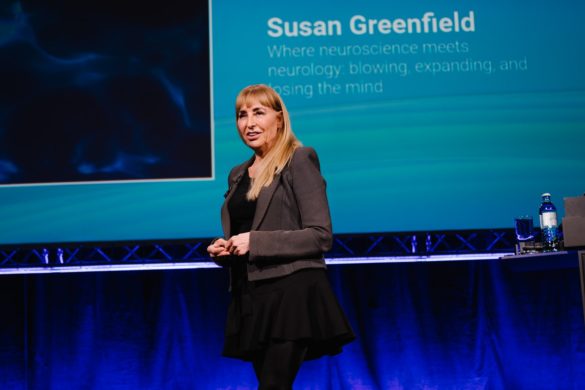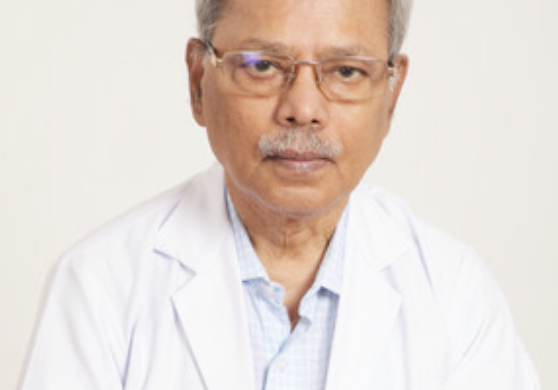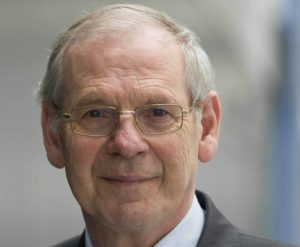 by Günther Deuschl
by Günther Deuschl
During the second EAN congress in Copenhagen, the current board of the EAN has been reappointed with a very strong majority and as the first president elect of the newly structured board, Franz Fazekas from Graz, Austria was elected. He will be the next president in two years from now. The board and myself thank the delegates for this confidence shown to us. We interpret this as a strong mandate to follow and expand the tracks that we have already started to follow. This is to briefly outline two of these avenues. Meanwhile, the major goals for our Society are outlined in the strategic plan.
The major task of the Society is to ‘promote Excellence of Neurology in Europe’. How the current board interprets this task needs to be specified and I will briefly touch on two major aspects of this strategic plan. Future letters will address other issues.
The plan has major implications for patient related issues. Neurology is practiced in Europe in very different ways. The different countries have different health systems, structures and physician organisations for health care. EAN can certainly not interfere with such traditionally developed structures. However, our field is moving rapidly forward and such progress needs to be transferred to every patient in Europe suffering from neurologic disease. Therefore, the request to these healthcare systems must be, that they provide the important neurologic therapies for every patient needing this treatment. EAN is the scientific organization proposing which therapies are mandatory for the treatment of neurologic diseases. From this request comes the need that EAN provides the guidelines for the diagnosis and treatment of neurologic diseases. If we are not defining such standards the national bodies will have no orientation how they should adapt their health systems or they answer the important question for the requirements of neurologic therapies based on their own assessment. Some countries are filling this gap by developing their own assessment agencies (e.g. UK, France, Germany) which partially work excellently, others do not make these healthcare decisions explicit. Therefore, the production of guidelines for the major neurological diseases is high priority for EAN. We are grateful to the panels of our Society who work on these guidelines according to the highest standards of guideline production. We are completely aware that not every country will be able to provide all interventions within their health systems but cross-border collaborations can help here. Certainly not all countries will have the resources for providing all treatment options but the minimum will have to be negotiated according to scientific standards. This all requires the collaboration of physicians, patients and politicians. Pacing this development is one of the tasks of the European Affairs and the Liaison committee of the EAN and in the past two years much has been achieved.
The other aspect is the development of the educational strategy. Education has traditionally played a major role for the mother organisations of the EAN and the current board is very much interested to put the standards of education at a new level. The education committee together with the scientific panels and the board is continuously reviewing the content of the courses both at the congress and during the regional teaching courses. New developments in the field and new content which becomes part of guideline standards are being established and will be reflected in the programme. In this sense, the guidelines are also defining the educational standards for the neurologist in Europe. The other concern is quality of education. The education committee has already implemented an efficient and well-planned educational framework how to make the educational sessions more attractive and how to broaden the scope of educational approaches. The education committee is now working on a quality assurance programme which allows controlling the success of the educational activities. The progress and success can be nicely documented with change in the educational activities at the congress. The figure shows how the educational course profile is changing. While the number of the classical teaching course plenaries is decreasing the numbers of new formats of educational courses are increasingly being established.
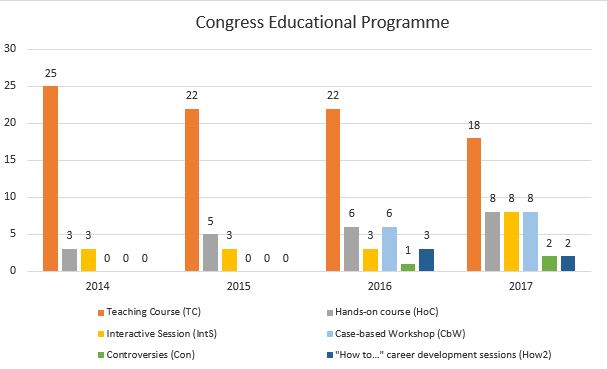 Figure: Changes of the congress education program between 2014 and 2017.
Figure: Changes of the congress education program between 2014 and 2017.
These two examples are indicating the perspective of the EAN board and the way how we are transcribing the aims of our Society into real life.




